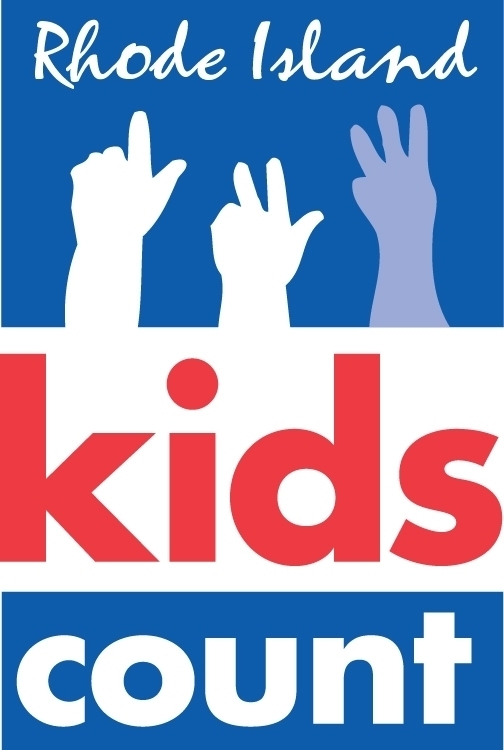PROVIDENCE – Racial disparities for Rhode Island children living in poverty run deeper than national averages, according to a report released Tuesday by Rhode Island KIDS COUNT.
The study, based on data collected by the from the U.S. Census Bureau, analyzes where concentrated poverty has increased nationwide despite widespread economic growth.
The study, using the most recent information available, found that between 2013 and 2017, 34% of Rhode Island’s black children were living in poverty, as compared to the national number of 28%.
In the Ocean State, 32% of Hispanic children and 10% of Asian children were living in poverty, while nationwide, averages were 19% for Hispanic children and 6% for Asian children.
About 3% of white children in Rhode Island were living in poverty, slightly lower than the 4% nationwide.
Counts are based on children living in concentrated poverty, or neighborhoods where 30% or more of its residents are at or below the poverty level. In Rhode Island, 13%, or 28,000, children are living in those conditions, Rhode Island KIDS COUNT said. Nationwide, more than 8.5 million kids are in the same situation.
Growing up in poverty can have a number of impacts on children, experts say, including lack of access to medical care and healthy food. Experiencing financial hardship and fear of violence can also cause stress that may lead to future health problems.
“About one-third of Latino children and black children in Rhode Island live in concentrated poverty,” said Elizabeth Burke Bryant, executive director of Rhode Island KIDS COUNT. “Children thrive when they grow up in neighborhoods with high-quality schools, abundant job opportunities, reliable transportation and safe places for recreation. We must expand options for low-income families to move to areas that already have the resources needed for them to thrive. We can do this by expanding access to affordable housing and by ending housing discrimination.”
Researchers also compared statewide numbers from a previous study spanning 2008 – 2012 with data from 2013 to 2017.
In Rhode Island, the number of kids were living in poverty during the more recent study declined by 1,000 from 29,000 in the time between 2008 and 2012.
In New England, New Hampshire was the only state where the number of children living in poverty grew between the two measured time periods. The number there increased by 3,000 by the end of 2017.
Maine and Vermont showed no change between the measured time periods, with 9,000 and 2,000, respectively.
Massachusetts reflected a 25% decline, going from 114,000 kids living in poverty to 90,000, followed by Connecticut with an 11% decrease from 72,000 to 59,000 by the end of 2017.











